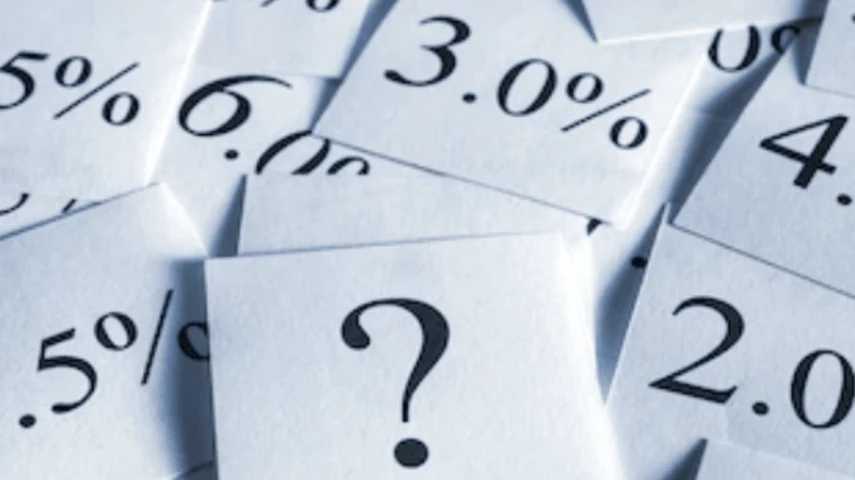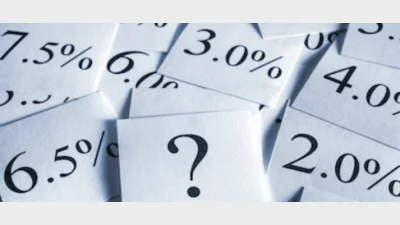Markets brace for RBA call amid ‘overreaction’ fears



The Reserve Bank of Australia’s monetary policy board is expected to action its tenth consecutive hike to the official cash rate during its board meeting this afternoon.
Markets were bracing for a 25bps increase, taking the cash rate to 3.6% —the highest since May 2012.
In his recent appearances before parliamentary committee hearings, RBA governor Philip Lowe had stressed the central bank’s primary objective remained to quell inflationary pressures.
He said to achieve this, the RBA would likely action further hikes over the coming months, guiding the economy along the “narrow path” to its inflation target of 2-3%.
Governor Lowe’s hawkish outlook was influenced by higher-than-expected inflation over the final quarter of 2022 (7.8% annualised), and feedback from its business liaison program.
But recent indicators suggested the economy was feeling the pinch from a cumulative 3.25% in cash rate hikes.
The Australian Bureau of Statistics’ (ABS) latest monthly consumer price index (CPI) reported annualised inflation of 7.4% in January — well below market expectations of 8.1%.
This represented a 1% decline on the previous month, in which annualised inflation grew 8.4%.
Meanwhile, wages grew 0.8 per cent in the three months to 31 December, slowing from 1.1 per cent in the previous quarter and falling below market expectations of a 1 per cent rise.
This coincided with weakness in aggregate economic activity, with GDP growing slowing to 0.5% over the fourth quarter of 2022 — below market expectations of 0.8%.
The December quarter result took annualised GDP growth to 2.7%.
According to AMP chief economist Shane Oliver, these latest indicators suggested that “demand is cooling and inflation has peaked”.
He continued: “As such we remain concerned that the RBA over-reacted to the December quarter CPI release in adopting a very hawkish stance over the last month,” he said.
“Our view is that the RBA has likely already done enough to cool growth and inflation and so should pause to allow more time for lags to work particularly given the run of soft recent data.”
ING Economics’ APAC head of research, Robert Carnell, said the RBA board would go into today’s meeting with greater uncertainty over its monetary policy strategy.
“Following the larger-than-expected decline in January’s inflation figures, coupled with a slowdown in GDP growth in the fourth quarter, we expect that the upcoming RBA meeting is going to be much more interesting than has been the case recently,” he said.
However, Carnell said signs of an economic slowdown would not be enough to dissuade the Reserve Bank from further hikes to the cash rate.
“Although the January inflation rate had dropped a full percentage point, inflation still stands at 7.4% year-on-year – way higher than the RBA will be comfortable with,” he added.
“The RBA will want to see confirmation of a downward trend in inflation, not just a reversal of seasonal spikes to even consider pausing its current 25 basis point per meeting tightening strategy.”
Oliver was also anticipating a 25bps hike to the cash rate, citing the RBA’s “recent hawkishness”.
But the AMP economist said he expected the Reserve Bank to “ease its tightening bias” off the back of weaker economic indicators.
This could involve adjusting rhetoric in the board’s statement on monetary policy from “further increases in interest rates are likely” to “it expects to increase interest rates further”.
Other observers maintained a hawkish monetary policy stance, with senior economists from three of Australia’s big four banks projecting an additional 75bps in hikes.
Westpac’s senior economist Bill Evans was tipped the cash rate to hit a peak of 4.1% by May.
Recommended for you
Lonsec and SQM Research have highlighted manager selection as a crucial risk for financial advisers when it comes to private market investments, particularly due to the clear performance dispersion.
Macquarie Asset Management has indicated its desire to commit the fast-growing wealth business in Australia by divesting part of its public investment business to Japanese investment bank Nomura.
Australia’s “sophisticated” financial services industry is a magnet for offshore fund managers, according to a global firm.
The latest Morningstar asset manager survey believes ETF providers are likely to retain the market share they have gained from active managers.















